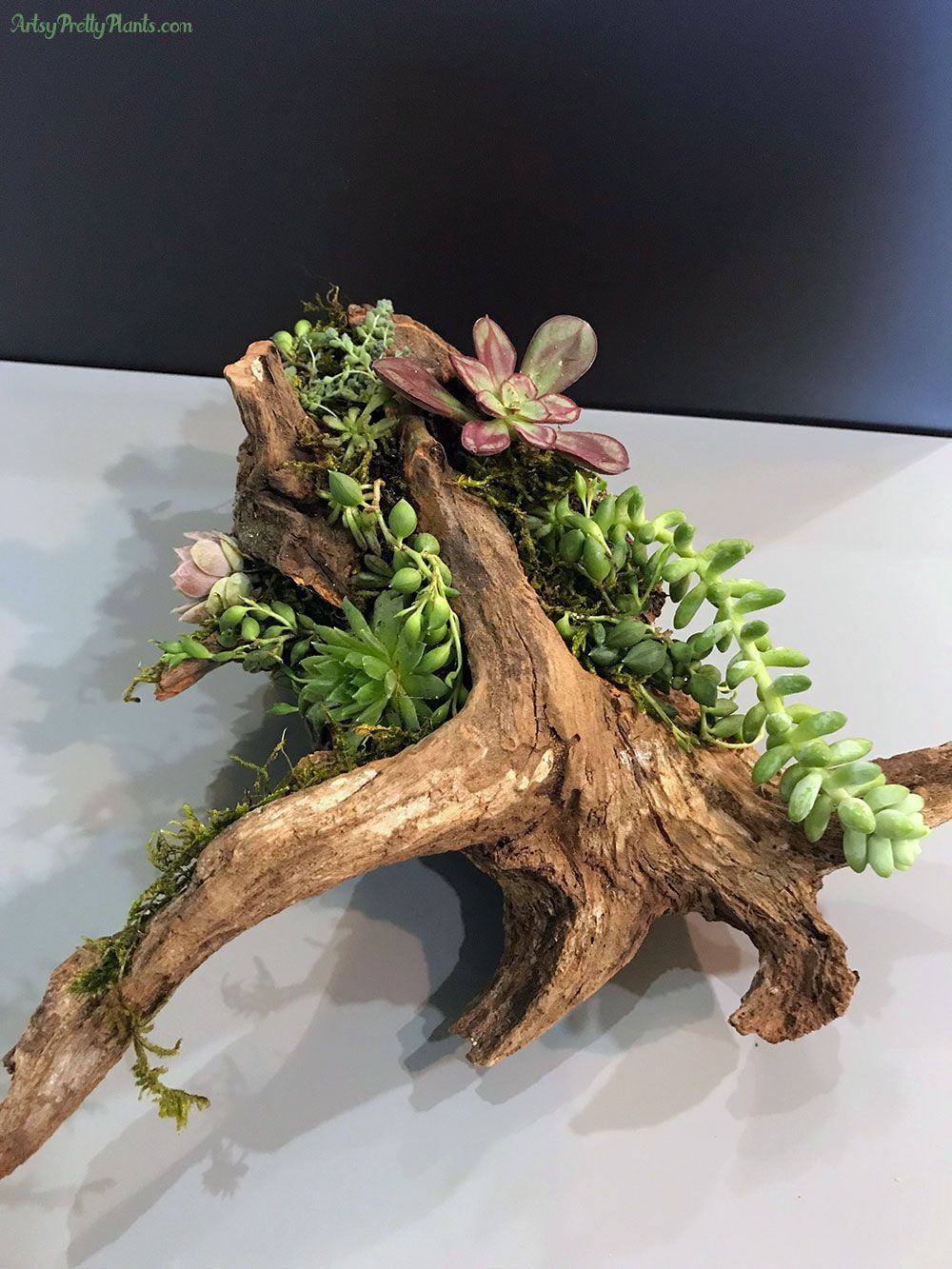Introduction
Red Pepper Gardening is a great way to cultivate vibrant and flavorful peppers for use in many recipes. Red pepper varieties may be either sweet or hot, allowing you to experiment with different tastes. Before beginning your own red pepper garden, consider the following tips for success.
Tip #1: Start With Planting Seedlings: It is easiest to begin with healthy seedlings from a gardening center as opposed to growing your own peppers from seed. This makes it easy to pick the right variety of pepper that fits your preferences and needs and increases the chances of a successful harvest.
Tip #2: Choose The Right Location: Red peppers thrive in areas where they will receive six or more hours of direct sunlight each day and are planted in soil that drain well. Make sure the spot you select isn’t prone to flooding since too much water can lead to fungal growth on the peppers.
Tip #3: Caring For Your Peppers: Water your plants deeply but less often so that moisture penetrates the roots all at once instead of constantly wetting them with shallow drips. Fertilizer should also be used every two weeks or so after transplanting till flowers appear. During autumn months, reduce fertilizer for best results so that peppers won’t develop before frost arrives.
Tip #4: Harvesting Produce – When it comes time to harvest, leave some green on your red peppers when possible, since they need some sunshine even after turning their beautiful hue if they are going to stay fresh longer. Also check often for rotting produce which should be picked immediately to avoid spoiling the remaining batch of peppers.
Following these simple tips will help you get started down the path of successful red pepper gardening! With these steps in place, you will soon have an abundant crop ready for whatever kitchen experiments come along!
Exploring the Different Varieties of Red Peppers
Red pepper plants come in a variety of shapes, sizes, and colors. The most popular type is the bell pepper, which comes in green, yellow, orange, or red varieties. Pimiento peppers are mild and sweet with a deep red color. Jalapenos are slightly spicy and range in color from light green to dark red. Habaneros have a fiery taste that ranges from orange to deep red; they should be handled with caution due to their high levels of capsaicin. For maximum flavor, ripeness is key to pick these peppers at their peak; wait until they have turned bright red before harvesting them.
Other popular red pepper varieties include the chili pepper, cayenne pepper, poblano pepper, serrano pepper, and paprika. Chili peppers come in varying shades of green and red and can range from mild to extremely hot; cayenne peppers are more narrow than other types of chili peppers but pack plenty of heat with their vivid fiery-red color; poblano peppers are heart-shaped with an earthy flavor that turns sweet as they ripen; serrano peppers come in reds as well as greens and tend to be hotter than jalapenos; paprika is made from ground mild dried peppers that turn cooking recipes into vibrant dishes. To yield the best results for your garden, plant your desired type of red pepper according to package instructions ensuring enough sunlight is provided for the plants’ growth and provide excellent drainage for young seedlings. Additionally choosing quality soil enriched with compost or fertilizers will give your harvested peppers the best potential flavor while keeping your plants healthy through all stages of growth.
Choosing the Ideal Growing Spot for Red Peppers
When selecting an ideal growing spot for red peppers, it is important to take into consideration the amount of sunlight these plants will need to thrive. Red Peppers require at least 6-8 hours of direct sunlight each day so finding an area that receives lots of sun is key. Additionally, you will also want to choose a spot that is protected from strong wind gusts as they can damage the pepper plant and cause it stress. Another factor to consider when deciding on a suitable location to grow your red peppers is temperature – the warmer the temperature during the day and night (ideally 70-80°F) the faster your plants will be able to flower and bear fruit!
Planting, Feeding and Watering Red Peppers for Maximum Growth
To ensure the best results when planting red peppers, you should provide well-drained soil with plenty of organic matter. Plant your seeds around mid-afternoon, when the sun is high in the sky and the soil is at its warmest. Be sure to space them out by 4 inches apart and avoid overcrowding. Alternatively, start off your seedlings in pots until they are ready to be transplanted.
When it comes to feeding your plants, use a liquid fertilizer every two weeks in order to maintain healthy growth. You should also add extra fertilizer during the peak growing season for extra vigor. To water red peppers properly, make sure to give them enough moisture but not too much. Aim for 2-3 litres per plant a week and water more often during warm summers or dry periods. Additionally, give some extra attention during the fruiting stage and try using mulch around your plants to keep the roots nice and moist without overwatering. By following these tips you should have a bumper crop of sweet red peppers very soon!
Special Strategies for Maximizing the Red Pepper Harvest
Red peppers are a great addition to any garden, as they can add a vibrant flavor and bright color to dishes. When growing red peppers, there are several strategies to maximize the red pepper harvest. Firstly, it’s important to find a spot that has plenty of sunlight; at least six hours per day is ideal. A soil pH level between 6 and 7 will help ensure that the peppers develop correctly. Amending the soil with organic material such as farm manure or compost can help increase nutrient availability and promote vigorous growth.
Watering your plants regularly is also beneficial for successful pepper growth. Make sure that you are providing enough water, but not too much so as to avoid rot or disease. Mulch applied around each plant will aid in keeping moisture levels consistent, reduce weed growth, and protect against temperature fluctuations in extreme weather conditions. Stakes can be used if necessary for additional support when the plants become heavy with fruit later on in the season. It’s also crucial that you monitor pests closely and take action quickly when needed; you can use insecticides or more natural methods such as attracting beneficial insects or using row covers to prevent harm to your crop whenever possible. Finally, pruning off foliage that shows signs of fungus or blight can go a long way in mitigating damage done by diseases like Pepper Black Spot or Bacterial Leaf Spot which can devastate entire plants in no time at all. By following these red pepper gardening tips, you should be able enjoy an abundant harvest season after season!
Canning, Freezing and Preserving Your Red Pepper Harvest
It is always a joy to harvest your own juicy red peppers from your garden, but once harvested, it is important to preserve them properly so you can enjoy them through all seasons. Here are some tips for successfully canning, freezing and preserving your red pepper harvest:
– Be sure to wear protective gloves before handling unprepared hot peppers as the oils in them can irritate the skin and eyes.
– To ensure that the peppers retain their vibrant color and great taste after being canned or frozen, be sure to prepare them properly. Once cleaned, blanching should be done quickly to avoid over heating which will take away flavor.
– For best results when canning red pepper have jars sterilized, place peppers and liquid of choice such as oil or vinegar into the jar, adjust lids tightly and process in a canner at 10 pounds of pressure for 20 minutes for pints or 25 minutes for quarts.
– For freezing red peppers be sure to clean them thoroughly before chopping into small chunks or slices, then packing into freezer bags with a bit of liquid (oil or vinegar) added; this helps keep them moist while maintaining flavor when thawed out.
– Red pepper flavored sauces and salsas are delicious made from freshlypicked peppers and herbs; chop the peppers finely with food processor then mix with other ingredients, cook it down slowly until desired consistency is reached. Hot sauce made with fresh peppers makes great gifts for holiday season!
Final Remarks
Red pepper gardening can be a rewarding experience with the correct knowledge and know-how. Knowing the basics of growing red peppers is the first step to success. You should select appropriate pepper varieties for your climate, pick a suitable spot for planting that gets plenty of sunlight, and choose quality soil. Taking care of your plants throughout the season is crucial for proper growth and development; this includes providing adequate water and fertilizer, controlling pests, diseases and weeds, and properly harvesting when necessary. Additionally, it also important to prune regularly to promote branching and developing more peppers faster. Following these tips will help ensure that you get healthy, delicious red peppers from your garden! Planting red peppers can be very rewarding; with some effort, patience and diligence you’ll soon have an abundance of delicious red peppers to enjoy!

Welcome to my gardening blog! I am passionate about plants and enjoy sharing my knowledge and experiences with others. In this blog, I will write about everything related to gardening, from tips on how to get started to updates on my own garden projects.





